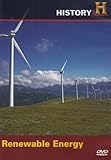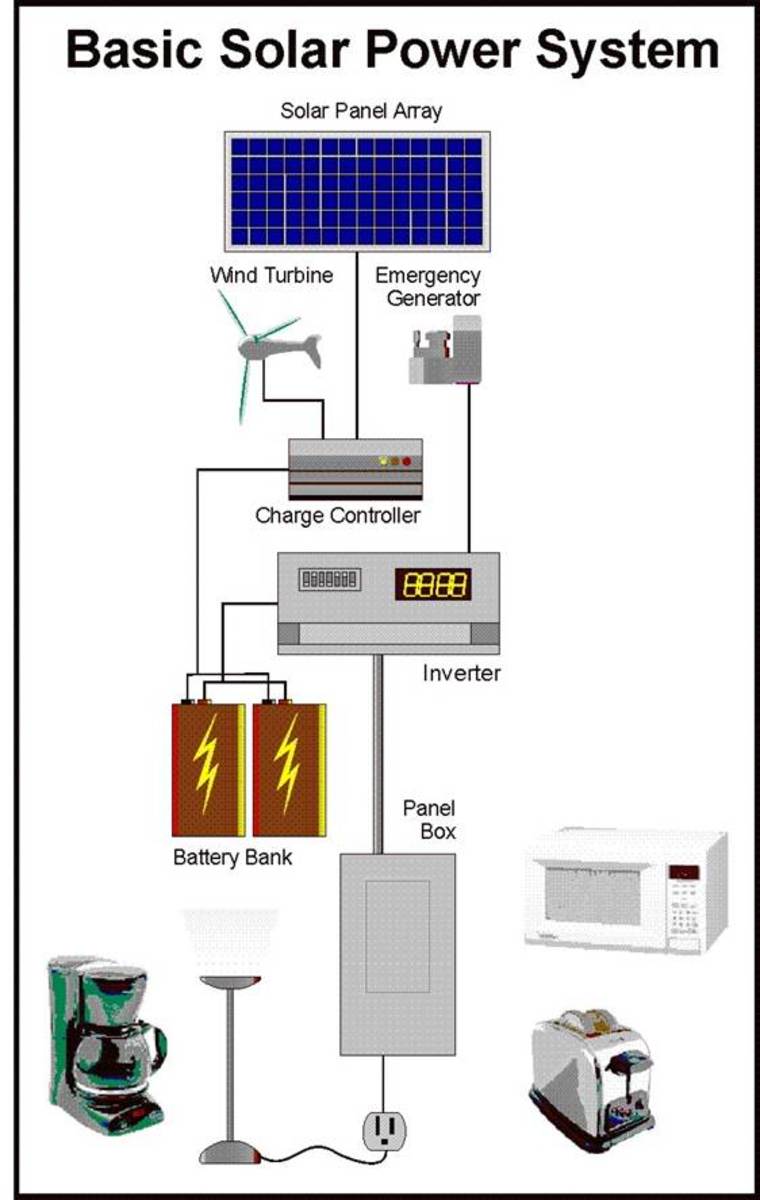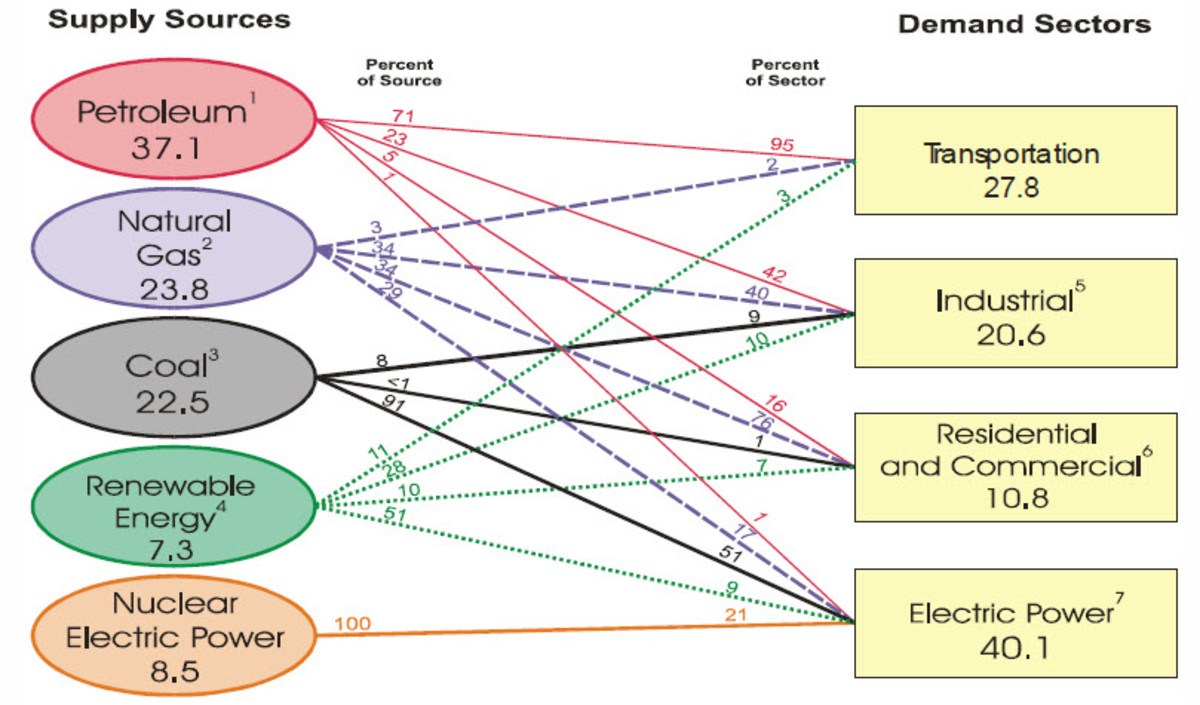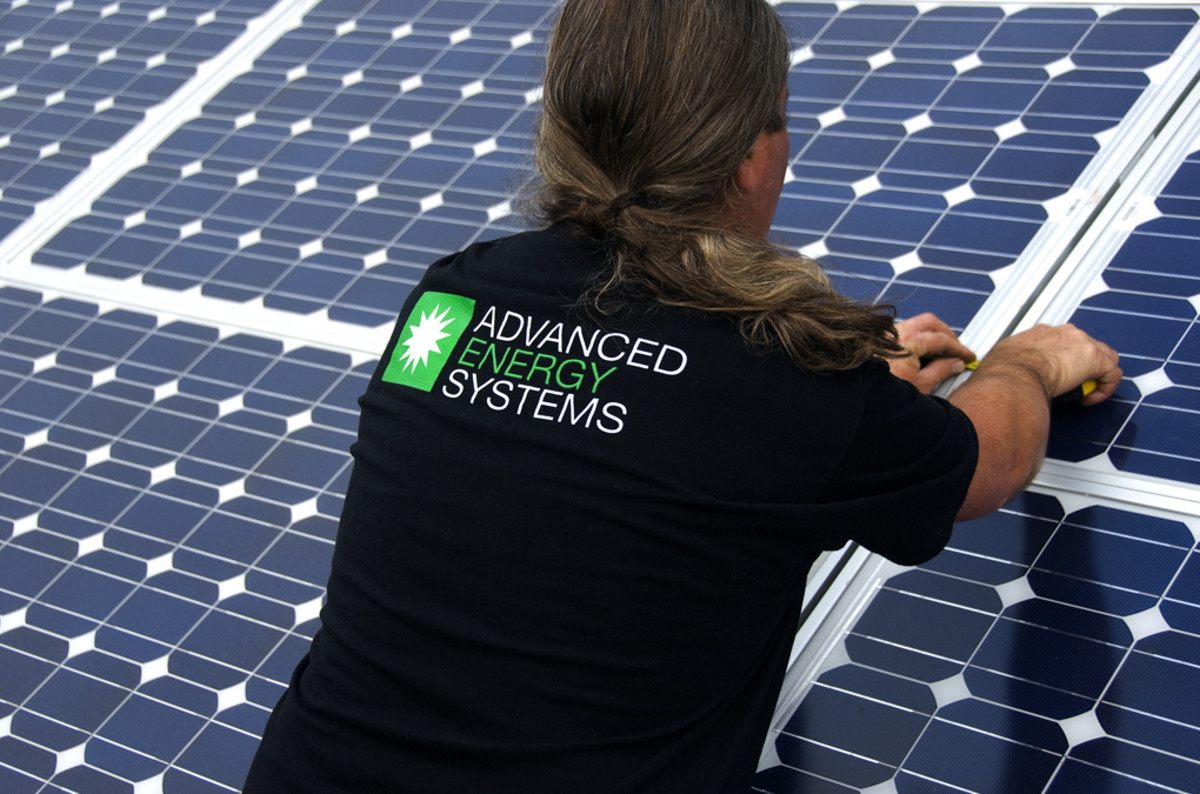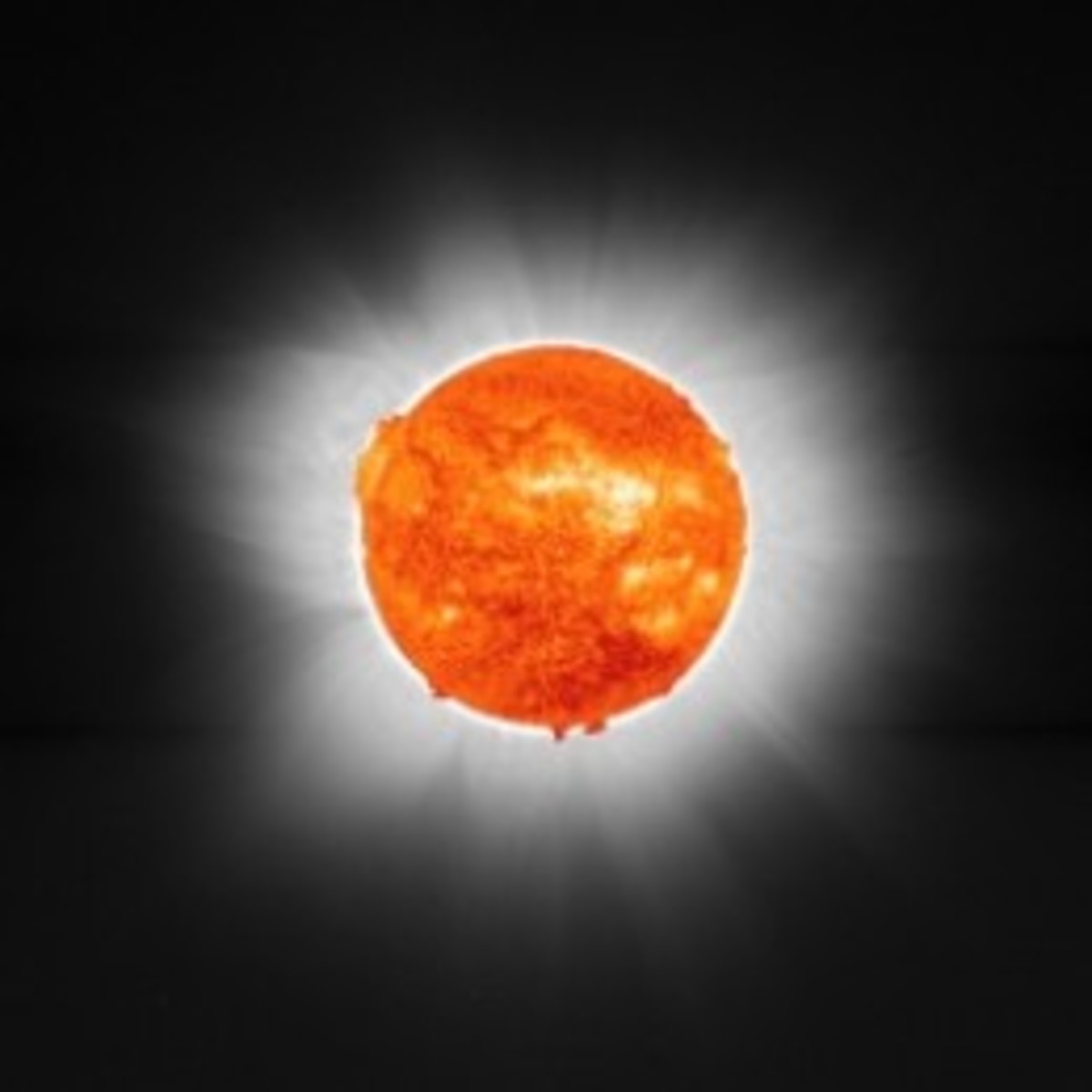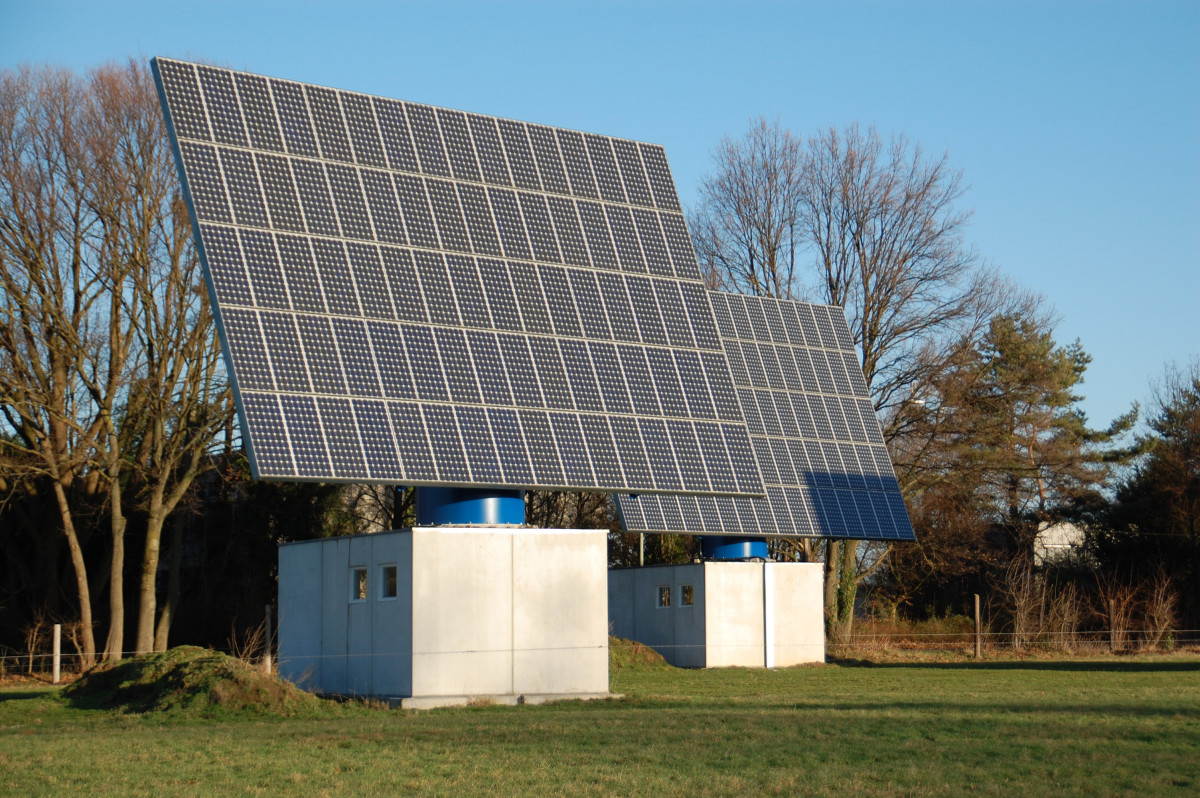What Are The Most Popular Types of Renewable Resources For Energy?
We’ve reached the point in our cultural evolution that we need to start thinking about switching from limited fossil fuel resources to renewable options. As it stands now, each of the three most popular options have their advantages and disadvantages.
How Solar Power Works
Energy From The Sun or Solar Power
Solar power has become one of the most popular renewable energy sources over recent years. In fact, Israel requires residents to own solar run water heaters, because heating water consumes so much fossil fuel. In the US, some big companies have adopted solar power as an energy source. FedEx, for example, uses energy from the sun for 70% of its power consumption.
Advantages
Residents who decide to install solar power systems may enjoy quite a few financial advantages which include:
- Ability to sell excess energy generated by the system to their local power company
- Protection against spikes in utility bills
- Lower energy bills
- Eligibility for state and federal tax breaks
- Possible breaks on refinancing, depending on the bank they go with
In addition to the money saving possibilities, their system will generate electricity whenever the sun shines, which eliminates pollution created by burning other resources. Most systems also have a decent life span, with warranties lasting between 30 and 40 years.
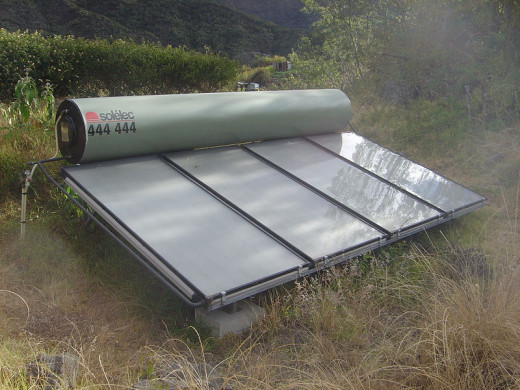
Disadvantages
As with any system, solar power does come with its fair share of disadvantages, which may eliminate it as an option for some situations.
- Cost to purchase and install a system can be up to two to three times more expensive than paying for grid power
- Can be unreliable, depending on the area’s weather
- Need a very large area to generate enough power to completely replace other options
- Won’t generate power at night
- Limit to the amount of time solar batteries can maintain a charge
Although start up cost and unreliable performance may hold many back from installing a system, work is being done to manufacture parts and generate energy more efficiently. The future is promising for this option.
Best Environments For Solar Power
Areas which receive a lot of sun, with long days and relatively few clouds year round are best for these types of systems. Areas like the Southwestern area of the USA are ideal for solar systems.
How Wind Turbines Work
Wind Energy or Wind Farms
People have used wind to generate energy for centuries. Windmills are a great example of this. As the wind turned the blades, the force generated would activate the machinery inside to grind harvested grain into usable flour. Today, that same principle is used to generate electricity. Our energy company alone uses energy generated by wind for 12% of our local needs and 30% of their overall output.
Advantages
Beyond the fact that wind energy doesn’t create pollution, it also has some very interesting advantages that may not be commonly realized.
- Individual turbines take up less space than energy plants
- Farmers with turbines on their land and either rent land to power companies or sell energy generated from turbines to the grid
- Stimulates job growth through hiring people to maintain and install turbines
- Small towns and villages could use the wind to generate all of their electric needs, without the expense of relying on outer resources
Wind energy has proven itself to be a good way for a number of people to either save or earn enough money to provide their families with a comfortable lifestyle.
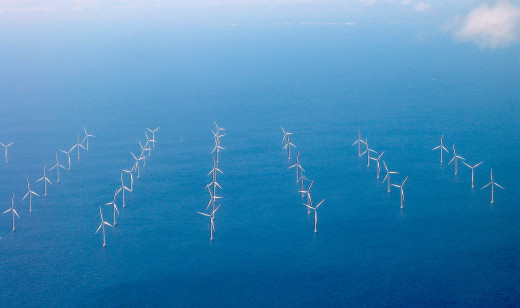
Disadvantages
One problem with wind power is that the turbines themselves can be quite expensive to maintain, especially when they’re not put in the right kind of environment. However, the most compelling problems stem from their function and how many need to be used.
- Individual turbines don’t produce as much energy as fossil fuels, which means many need to be installed in what are called wind farms
- If not placed properly, the process could have a detrimental effect on the local habitat
- Each turbine is extremely loud, clocking in at about the same volume of a small jet
- Since the wind is unpredictable, turbines won’t constantly turn, thus they won’t always be generating electricity
Work is continuously being done to improve the reliability of this type of system and minimize environmental effect.
Best Environments for Wind Power
The land on which the turbines are erected should be both flat and elevated to ensure the most constant airflow possible. Wind should be of at least 10 miles per hour, and each turbine must be placed so the flow of air around them won’t interfere with the group’s overall function.
More and more innovations are being made in wind power, and turbines are beginning to appear in some off-shore areas. Unfortunately, the turbines installed in the ocean are extremely expensive to install, thanks to the logistics of the task, the specialized material needed to prevent damage from saltwater and the increased need for maintenance.
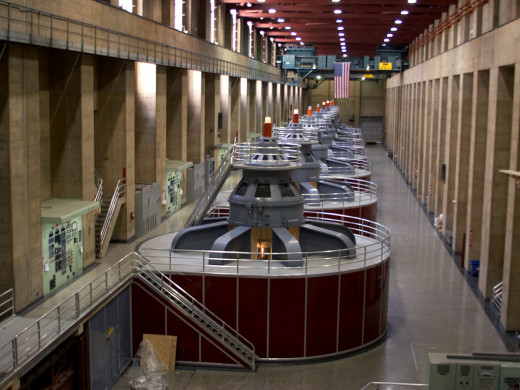
Power From Water or Hydroelectric Power
Much like wind, water is also an age old source of power. Watermills, for instance, work in much the same way as windmills, but use water instead. The famous Hoover Dam generates electricity to this day thanks to the flow of the river. This method of energy is used worldwide, and the country of Norway gets about 99% of its electricity through hydroelectric methods.
Advantages
Hydroelectric power is popular for wide scale use by power companies for many reasons, but these are a few of them.
- Continuous flow of energy
- Water flow can be manipulated, so output of energy can be manipulated
- Cost effective
- Inflation resistant
- Well constructed and maintained stations can last for over 100 years
A Video About How Hydroelectric Power Works
Disadvantages
There’s no doubt that water driven power is a great option for many situations, but it has some very serious impacts on the environment. This is because a dam is needed for power to be generated, and water must build up in a reservoir in order for enough energy to be generated.
- Unless fish ladders are installed, they have no way of migrating to breeding grounds
- Methane, a greenhouse gas, is produced when plants are drowned and decompose in new reservoir
- If towns or villages are in the area which will be the reservoir, the residents must be relocated. 80 million people worldwide have been displaced, due to new dams.
- Flawed dams may fail, putting life and property at risk. When China’s Banqiao dam failed, over 100 thousand people lost their lives in the flood.
Dam failures aren’t common in the United States and other countries, due to regulations as well as expertise gained from years of experience.
Best Environments for Water Power
The dam would need to be built in an area with a large amount of moving water, like a river. Bedrock must be solid enough to support the structure, and a low frequency of earthquakes is ideal. Usually, dams are built in an area where the river narrows naturally, with a wide valley upstream. Both of those factors ensure maximum water speed, which means maximum electricity generation.
Although renewable energy will help solve many of our problems, it cannot solve them all. To make the maximum positive impact on the world we live behind, we must each find ways to conserve the resources available to us, reuse what we can and pass those lessons on to the next generation.
